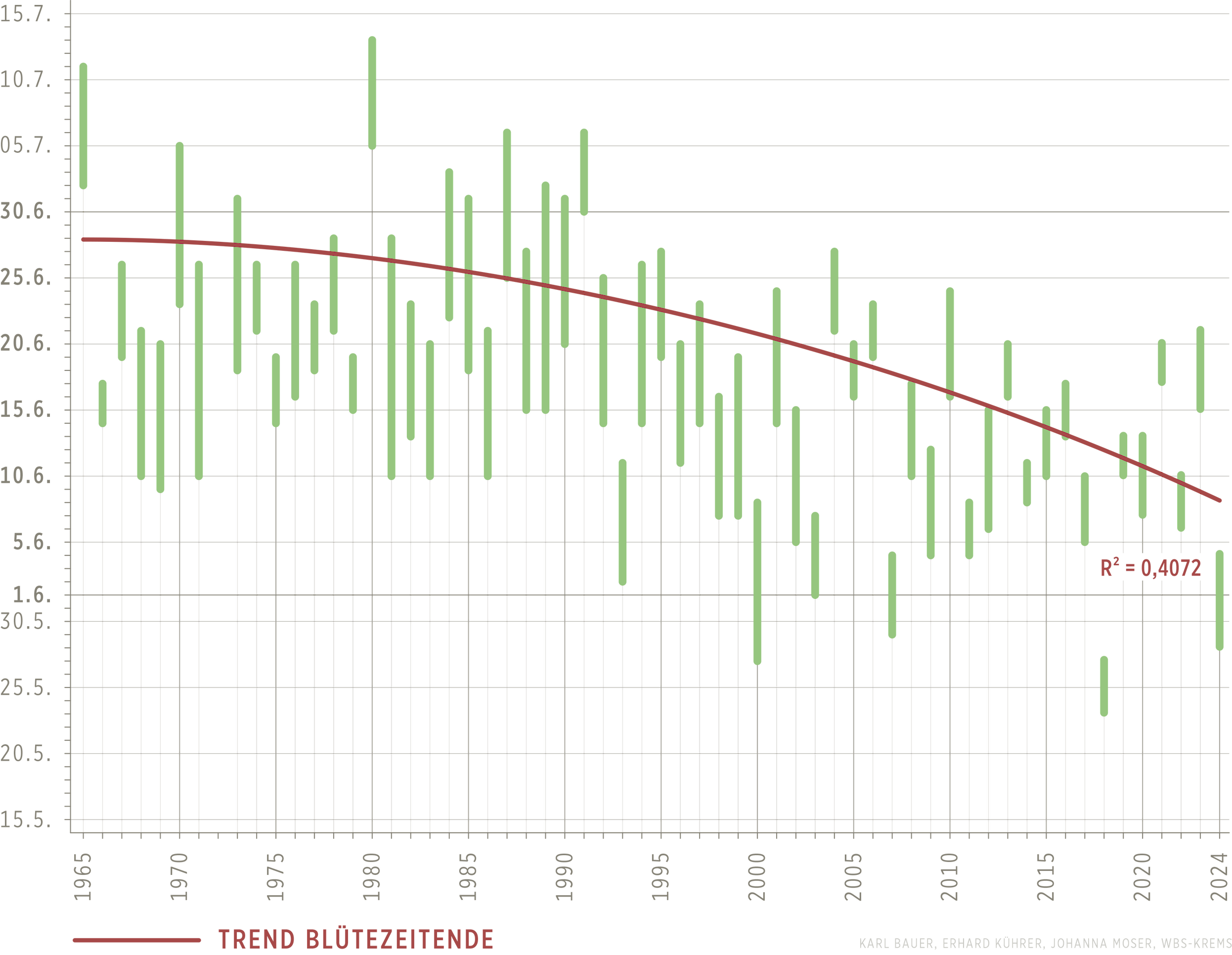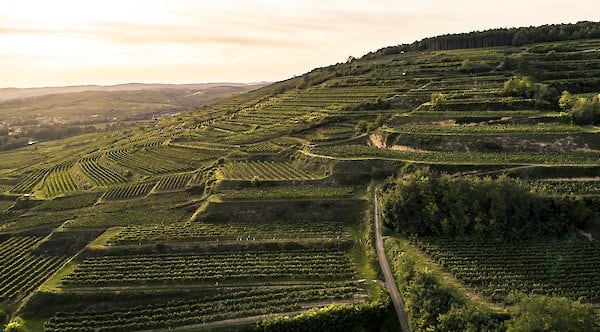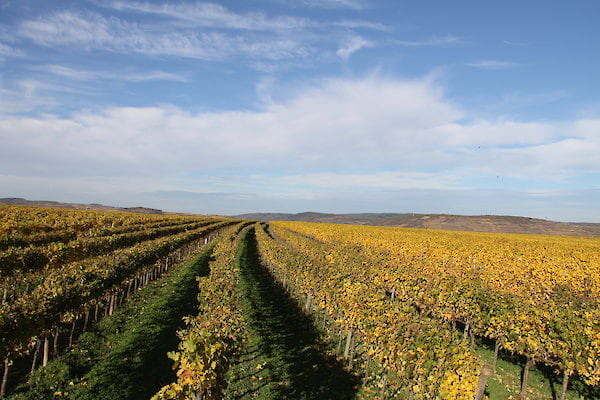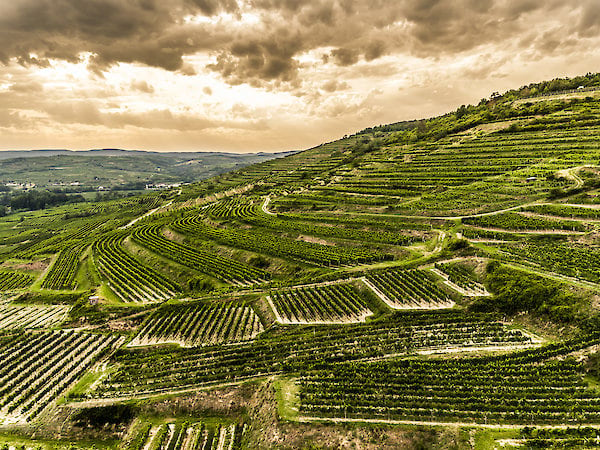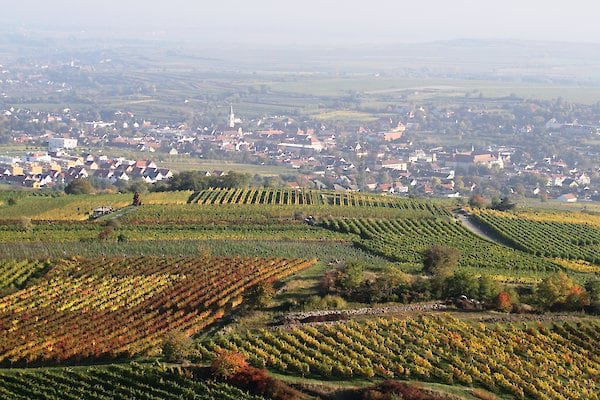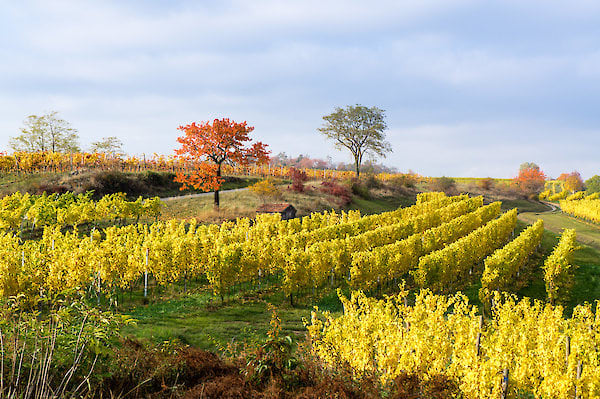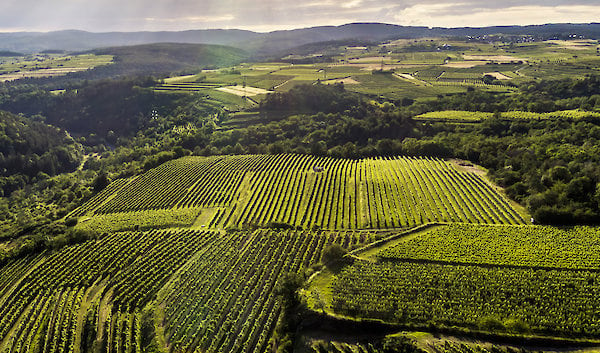Winery
Site, Origin & Climate

The wooded hills of the Waldviertel protect the vineyards from the cold north-westerly winds. During the day, the sun warms the stony terraces, while at night the fresh, fragrant forest air drifts through the Kamp Valley into the Langenloiser Arena. The character of the wines is formed by the geological and climatic diversity of the vineyards, with their hot days and cool nights, where the Danube and the Kamp valleys meet.
Vineyard Sites
- Ried Heiligenstein
- Ried Loiserberg
- Ried Spiegel
- Ried Lamm
- Ried Käferberg
- Ried Steinmassl
- Ried Dechant
- Ried Berg Vogelsang
- Ried Steinberg
Tradition and Erste Lagen
Bründlmayer is a founding member of the “Österreichische Traditionsweingüter”, all of whom are committed to expressing the characteristics of their areas, soils, climate, varietals and cellars in their wines.
Recognizing that great wines depend on great terroir, in 2010, after more than two decades of preliminary work and discussion, the Traditionsweingüter presented their first Lagenklassifikation (vineyard classification). This is still understood as being a work in progress.
Our classification of the best vineyards builds on the Kamptal appellation system. Only dry wines from Grüner Veltliner or Riesling may carry the name Kamptal on their label, and only vineyards of those varietals may be branded Erste Lage (First Growth).
Bründlmayer’s key vineyards within the Erste Lagen classification are Ried* Lamm, Käferberg, Loiserberg, Spiegel (Langenlois), Heiligenstein and Steinmassl.
* Ried is the official Austrian term for “Lage” or “Cru” and means a registered vineyard.
Erste Lagen at Bründlmayer winery
Origin
In keeping with the international “designation of origin” system, KAMPTAL DAC also uses a three-tier hierarchy divided into region, commune and single vineyard.
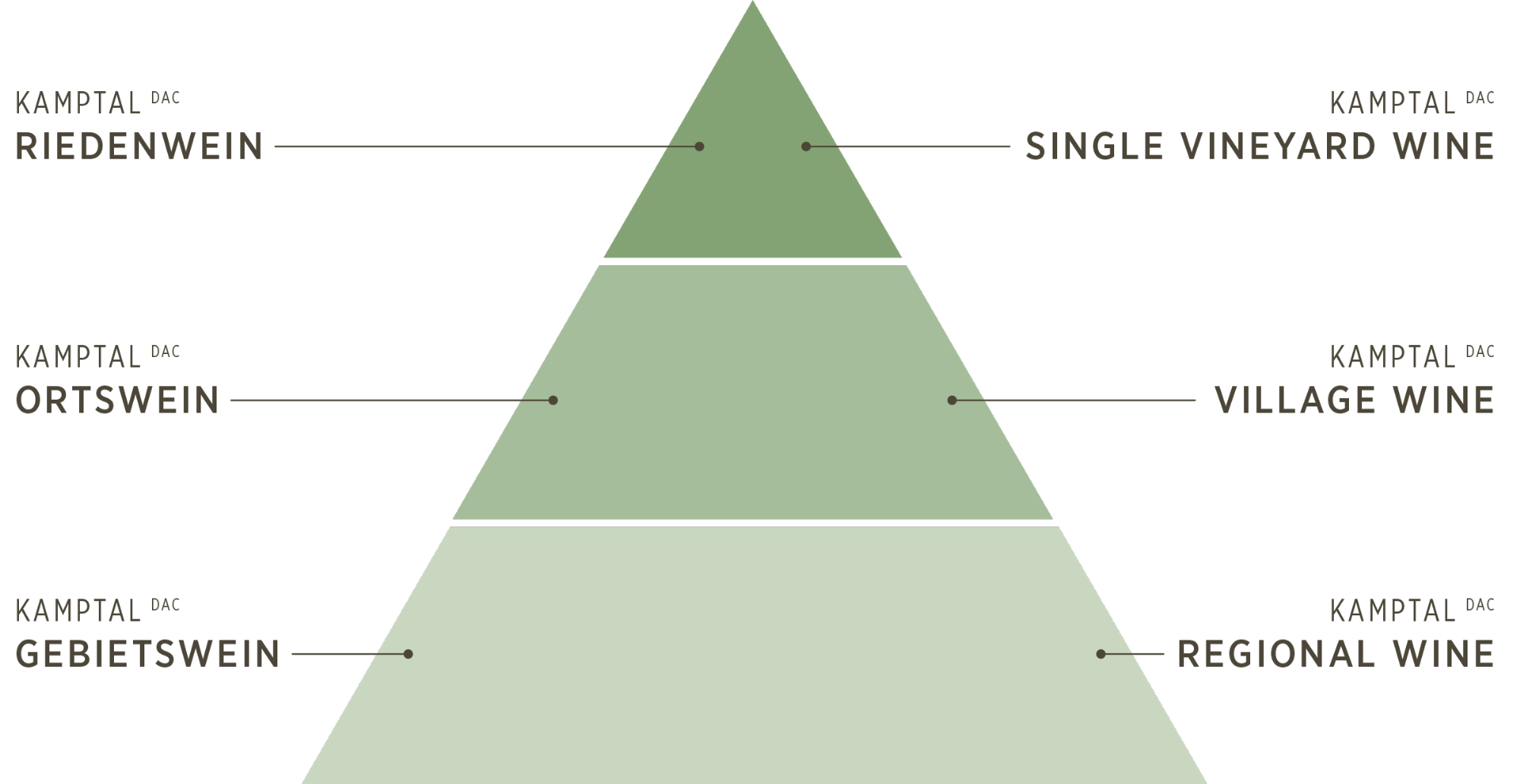
KAMPTAL DAC REGIONAL WINE
The typical Kamptal wine bears the hallmarks of the valley in which it grows, of cool nights and hot days, of the temperate valley mouth in the south and the bracing air of the woods to the north.
KAMPTAL DAC ORTSWEIN
These “village” wines reflect the characteristics of each individual municipality.
KAMPTAL DAC RIEDENWEIN
Kamptal’s single vineyard wines reflect the soil structure and the various microclimates found in the most detailed of areas and express the individual character of each vineyard.
Climate
The basis for the character of a wine is the interplay of soil and climate. In the Kamptal, this interplay results in particular finesse and complexity. The three types of soils (primary rock, loess and clay) combined with the climate here form a constellation that is found in just a few places on earth. The typical conditions in this valley – approximately 200 to 300 meters high in altitude – are hot days and cool nights in the summer as well as long sunny autumn periods. These contrasting conditions give to the Kamptal wines their incomparable crystal-clear, mineral character.



In principle, the Kamptal is characterised by the contrast between the warming Pannonian influences flowing in from the south-east and the chilly winds coming down from the wooded Waldviertel region in the north-west. This contrast ensures nocturnal cooling even following hot days, which ultimately defines the particularly fine aromas of the wines. The long growing season in the Kamptal – well into late autumn – give the grapes the chance to reach their total physiological ripeness. The annual rainfall of about 550 milimetres and a moderate average annual temperature of 10 degrees Celsius are a part of the typical conditions.
